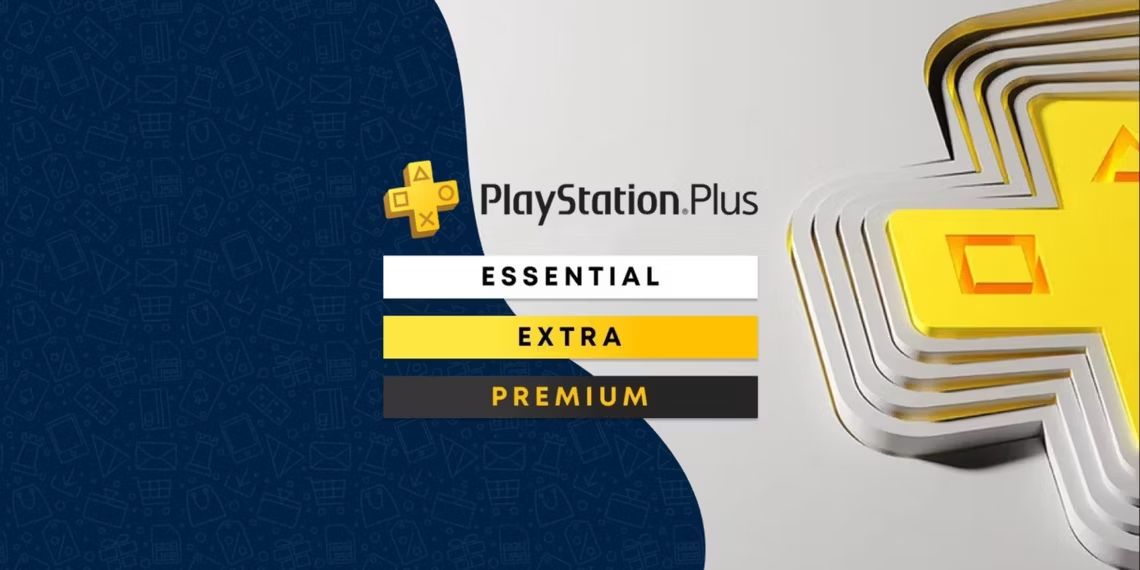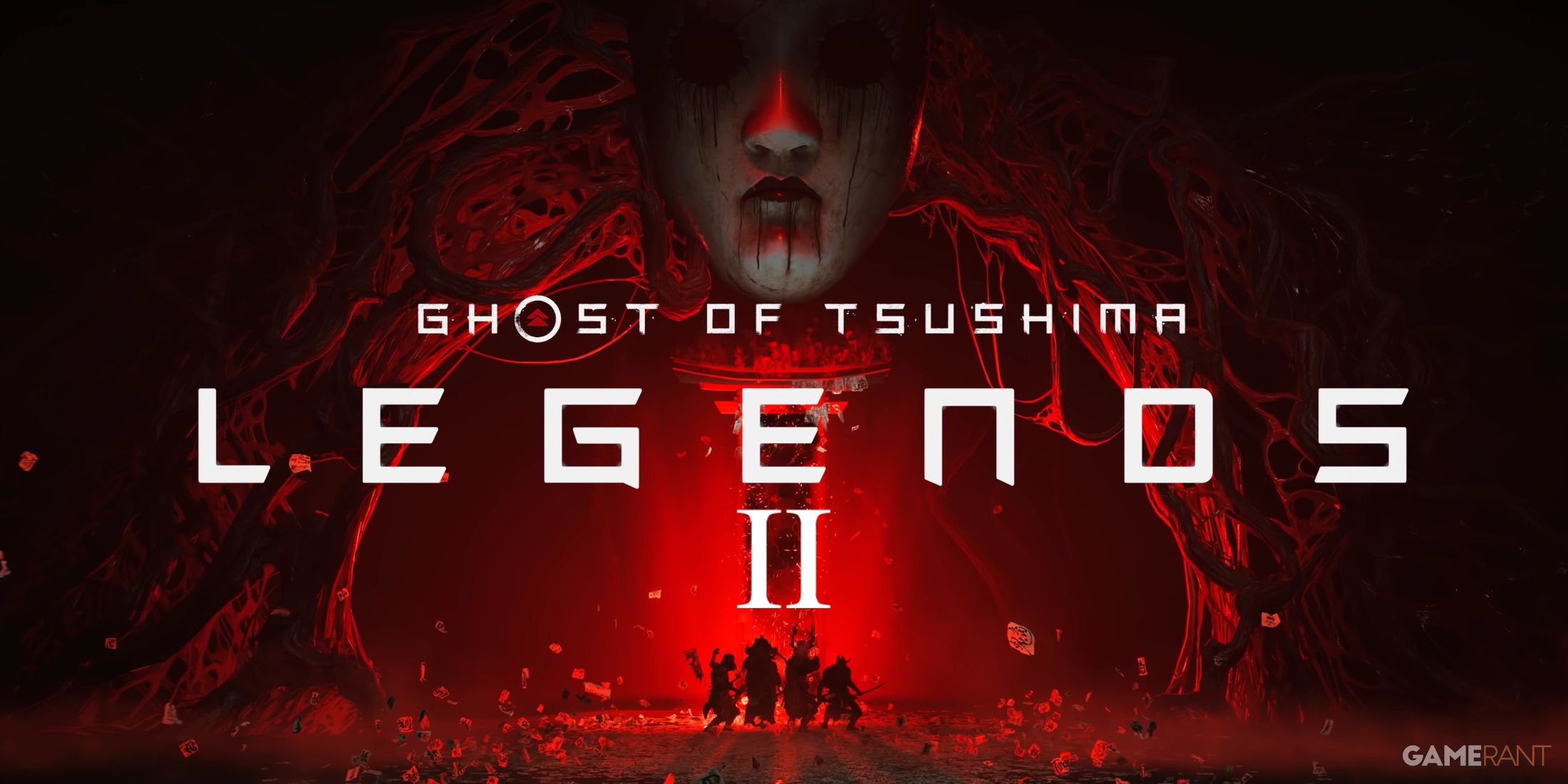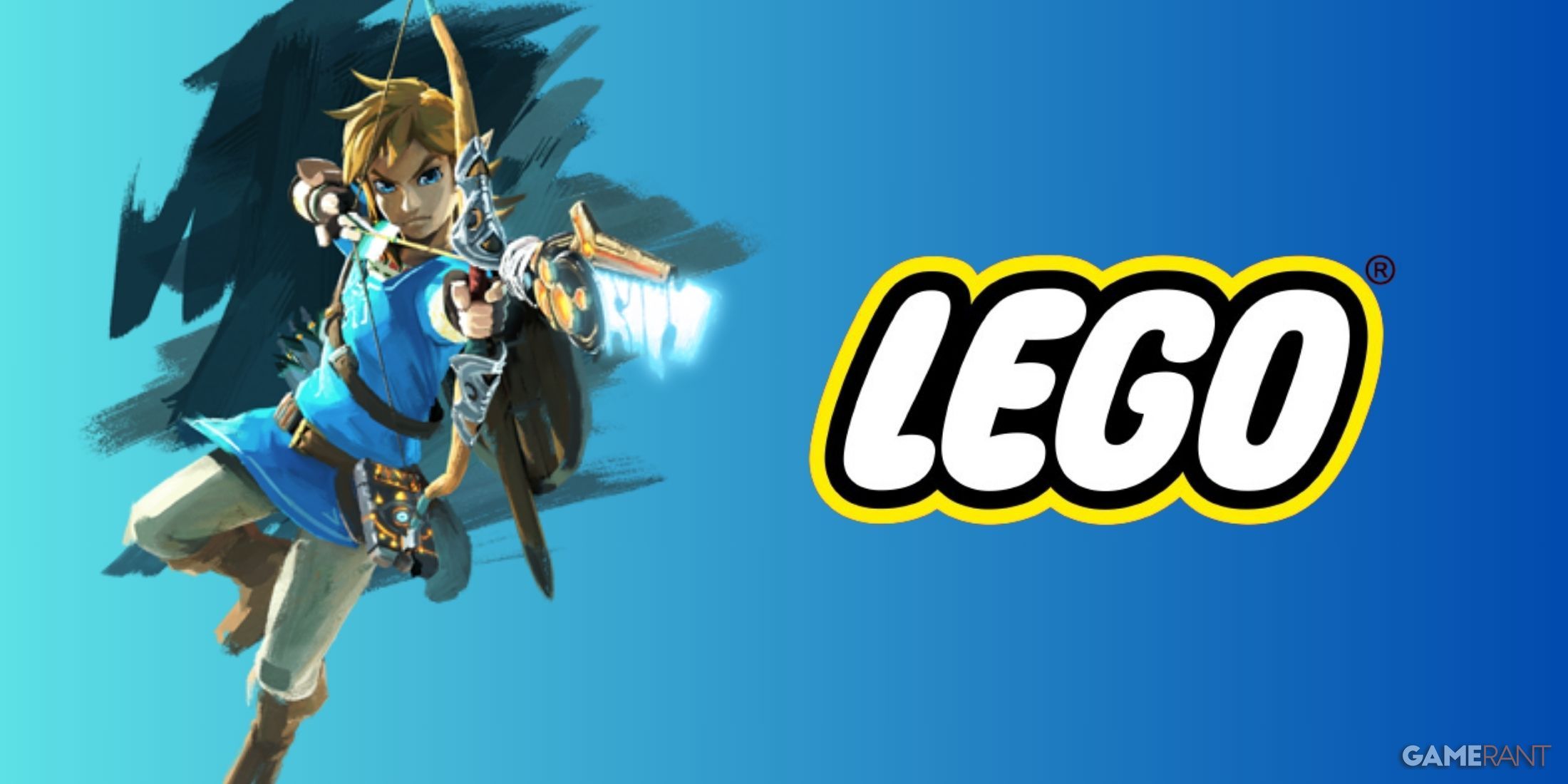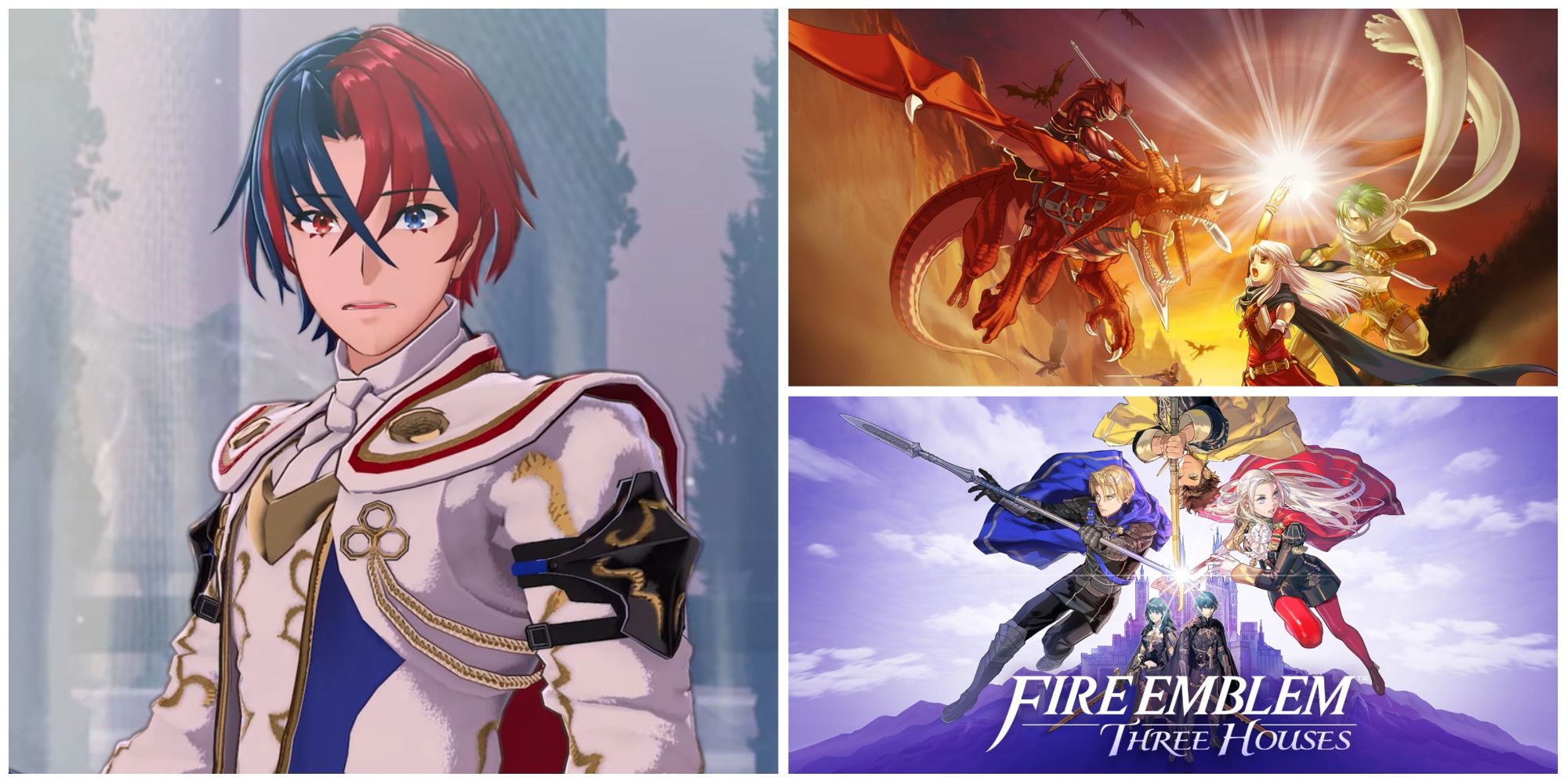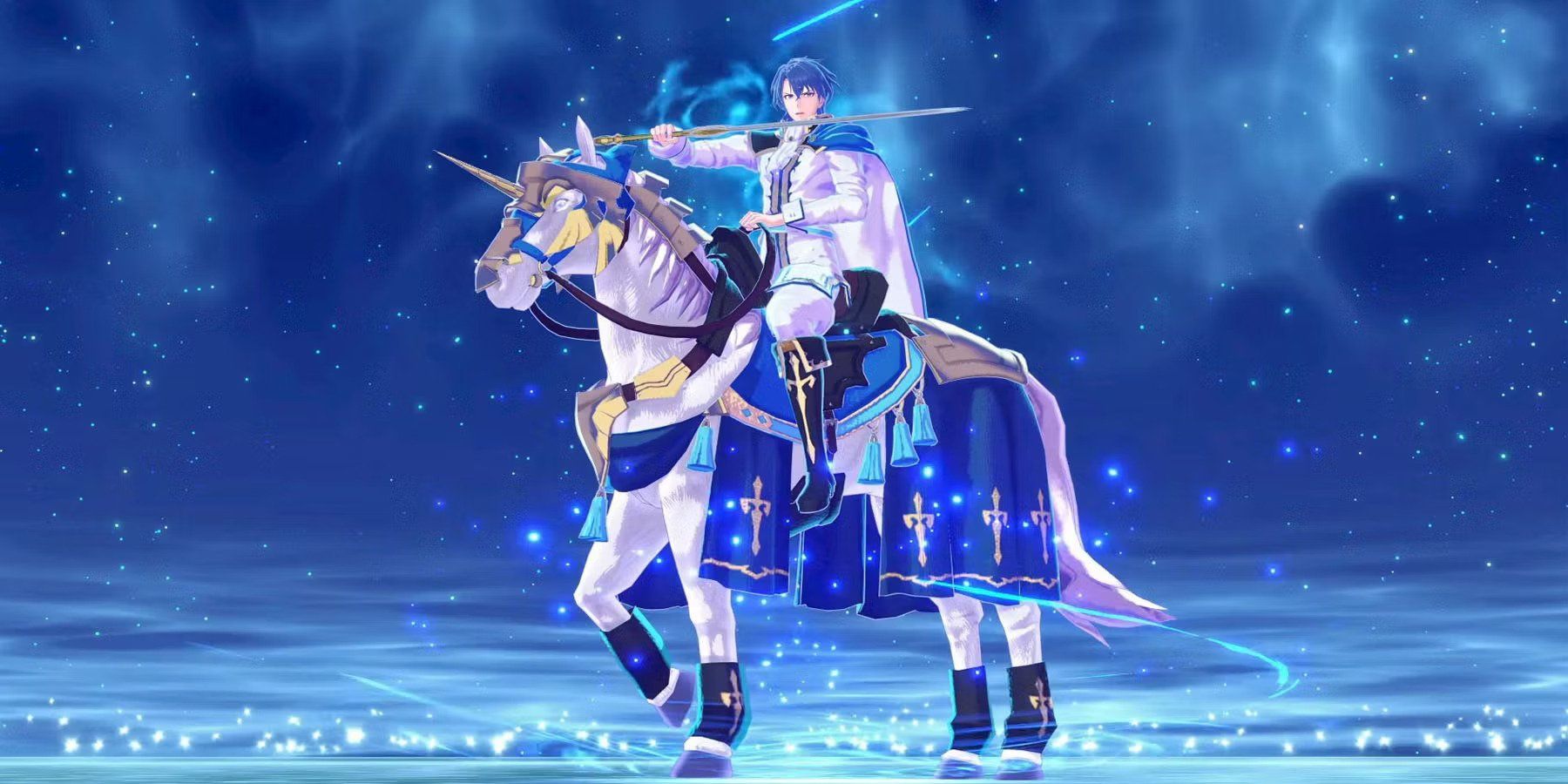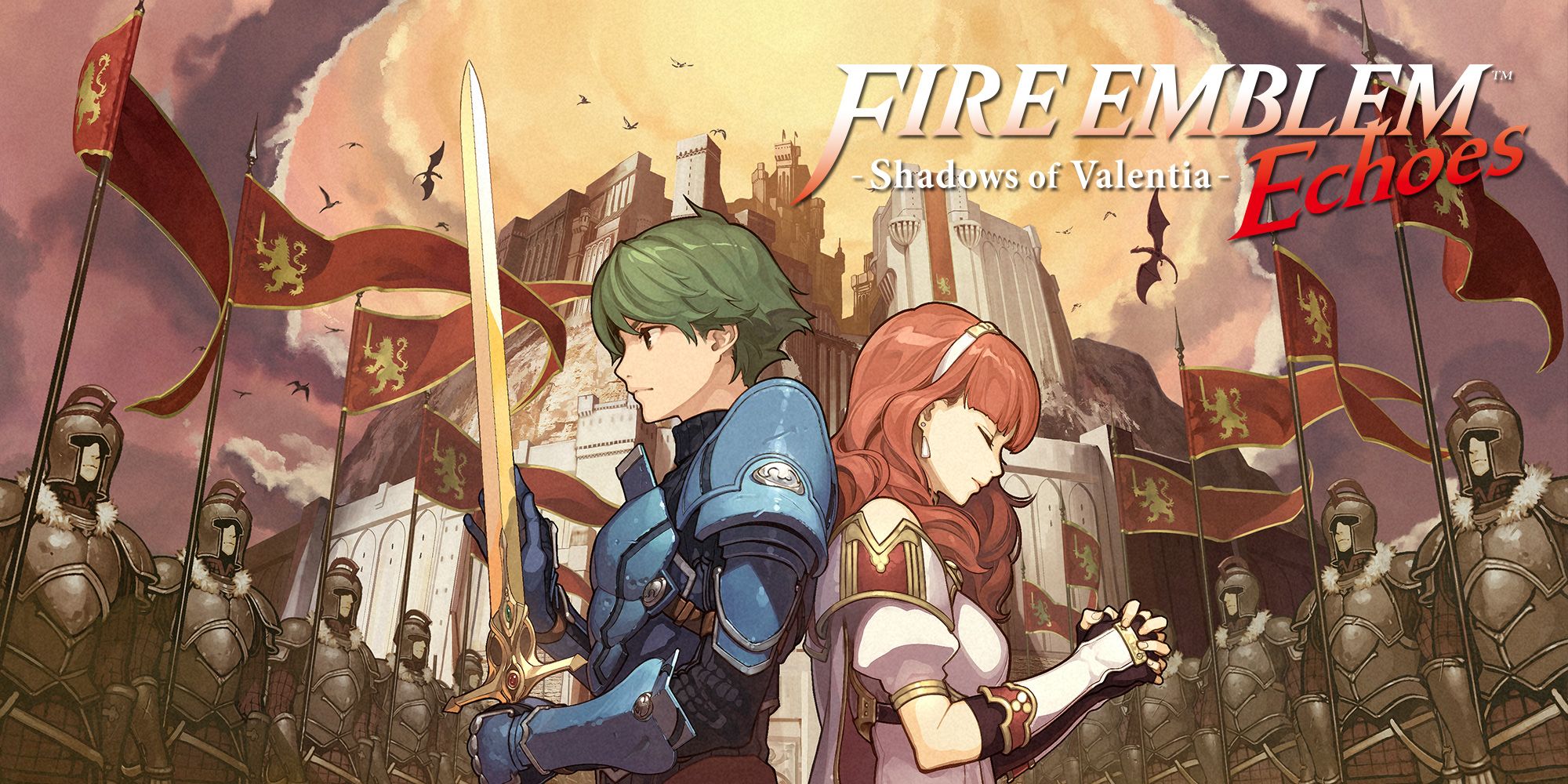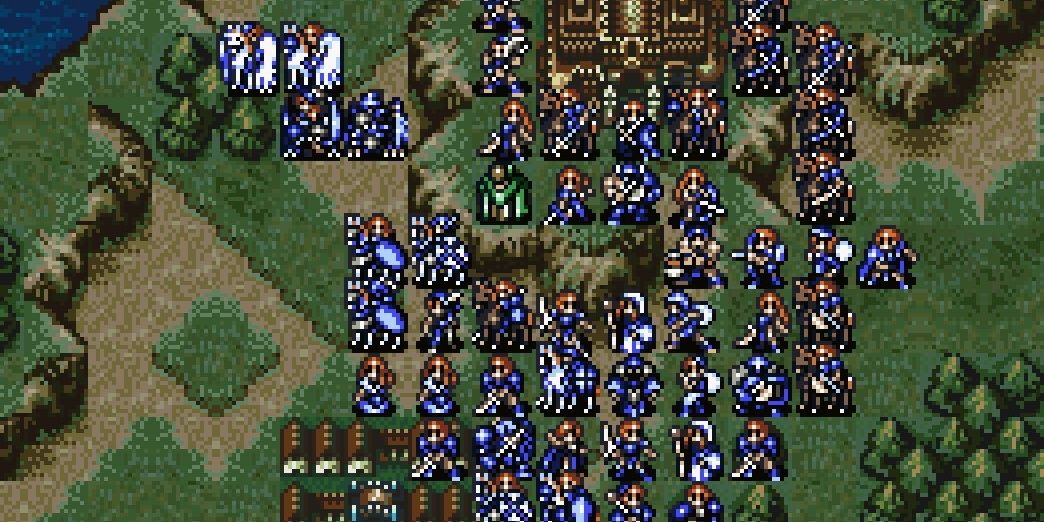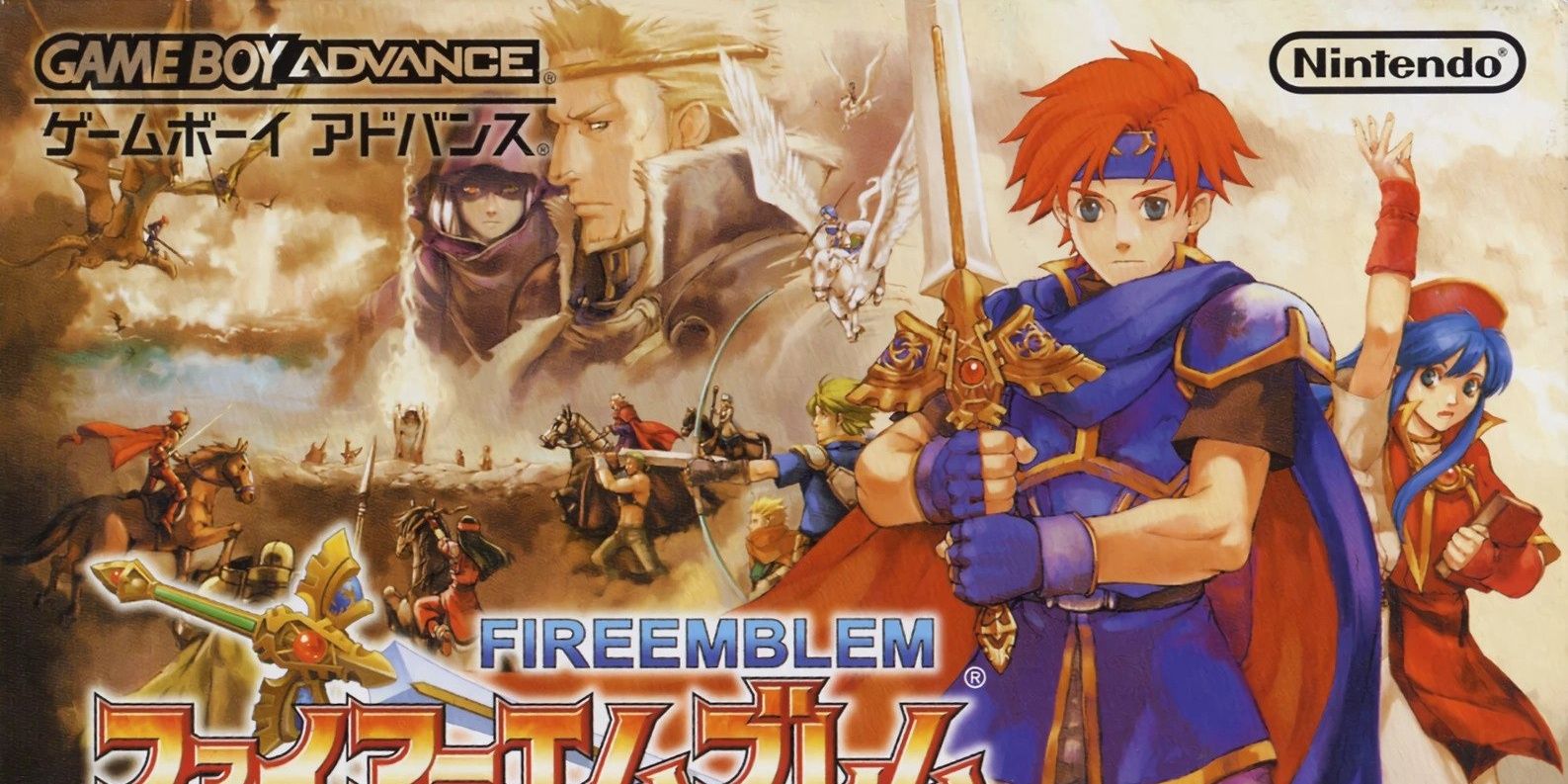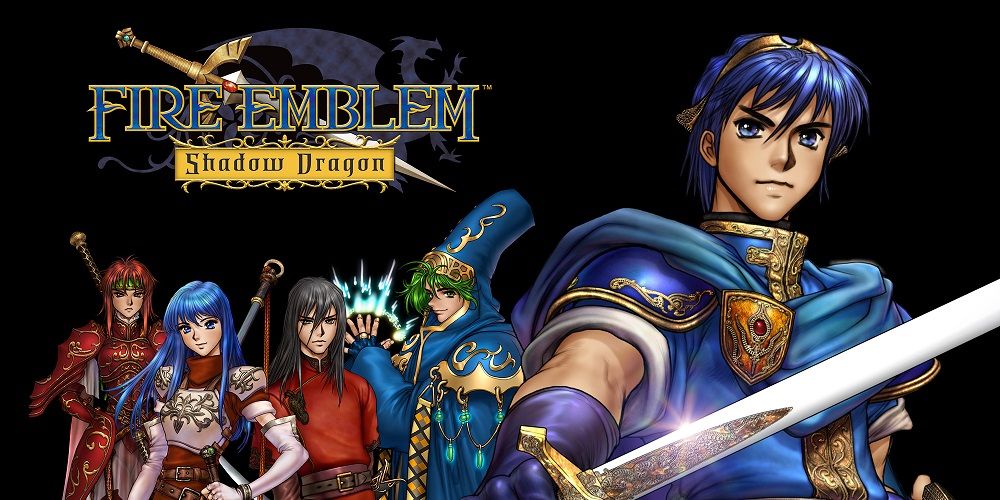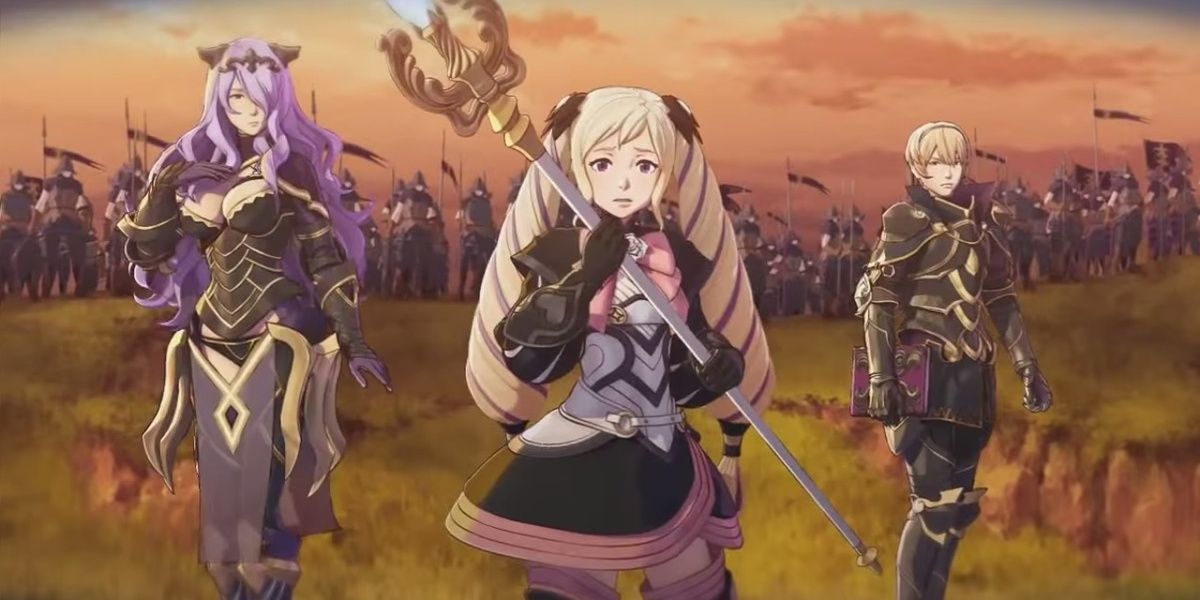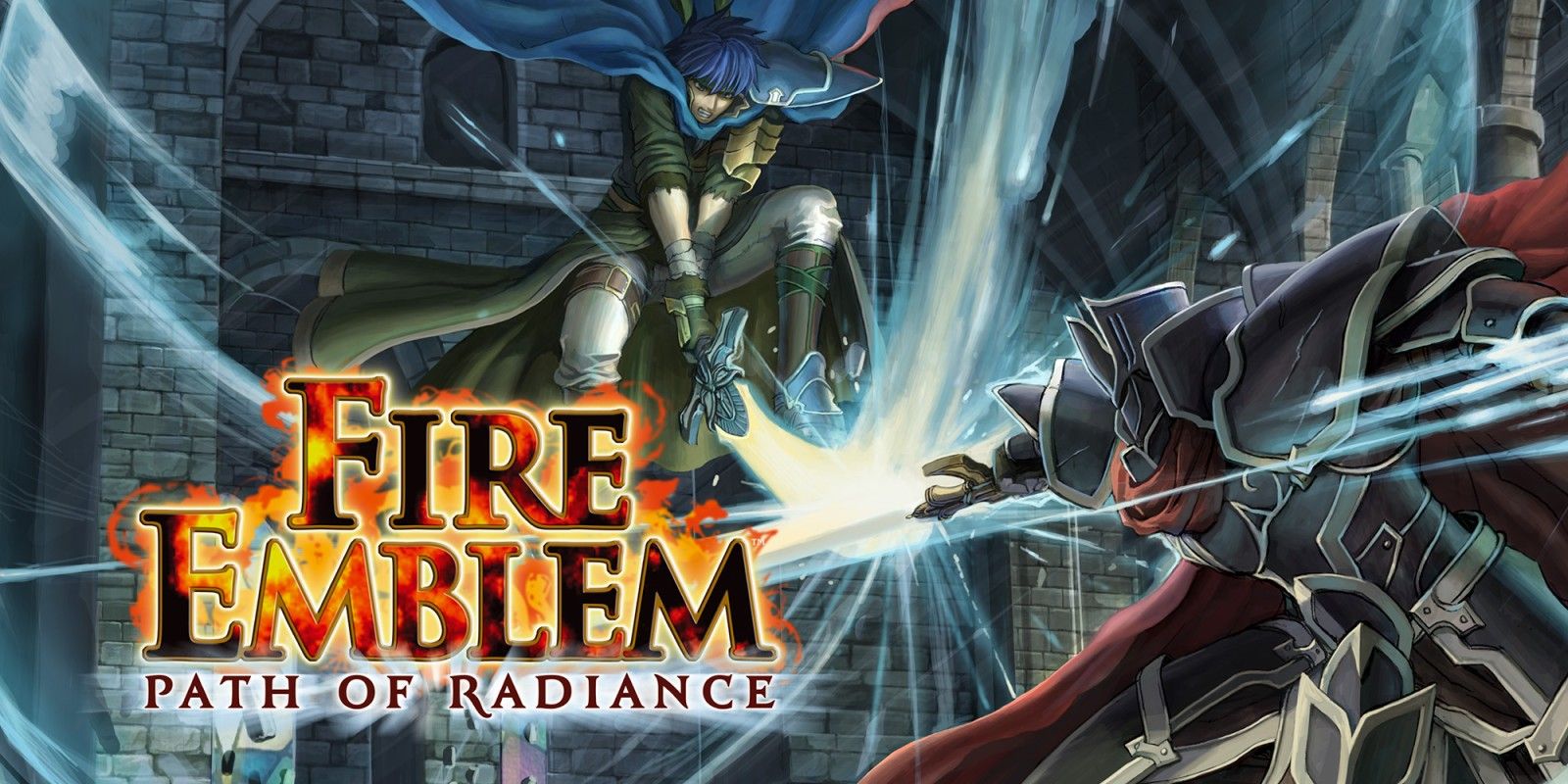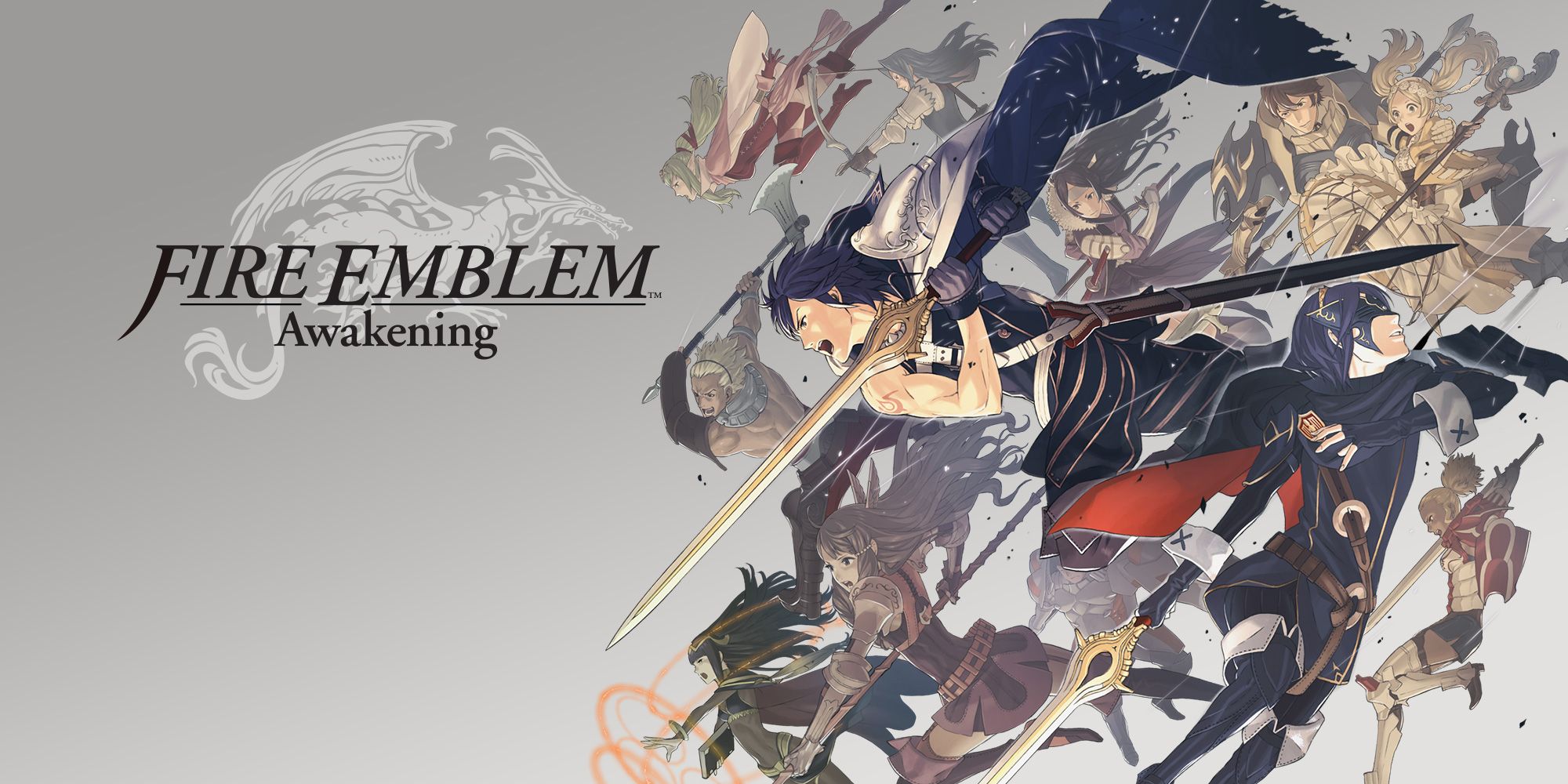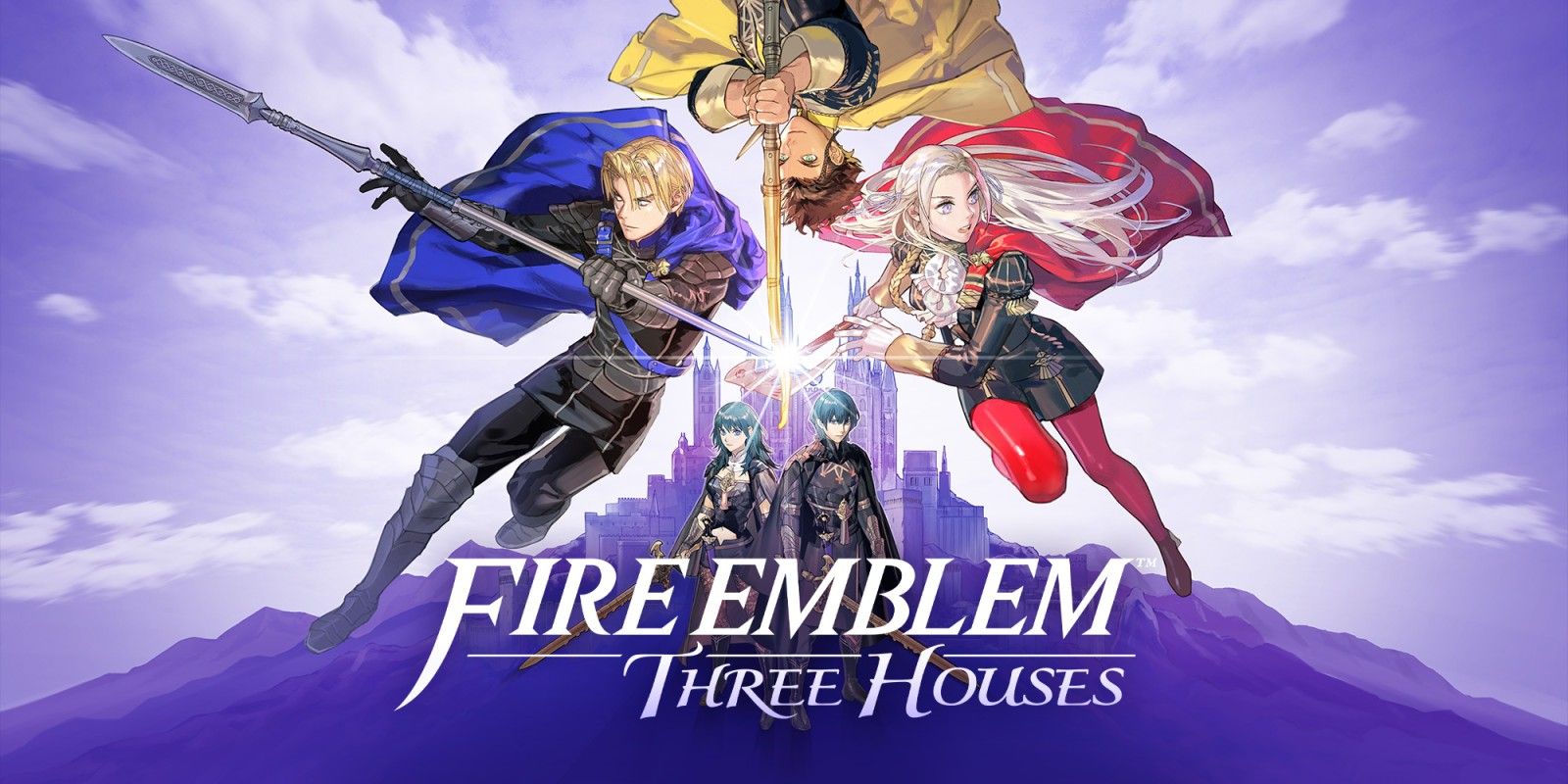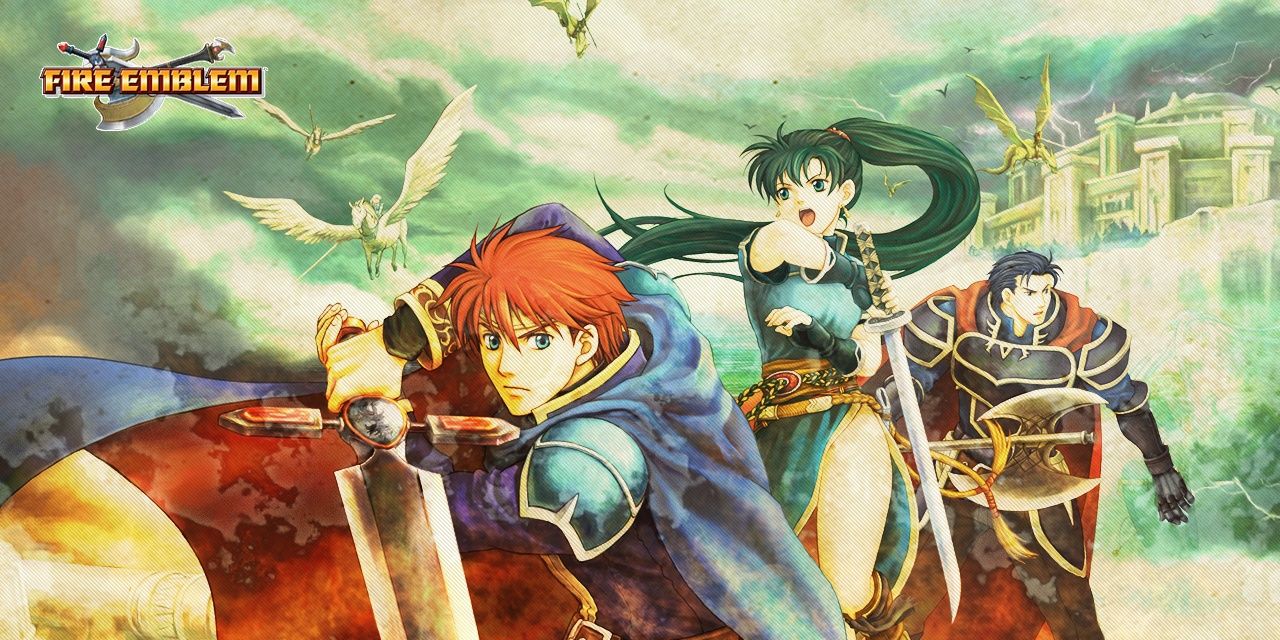Fire Emblem Engage is a legacy game, it's an ode to fans old and new, and in a way a celebration of the series. The game’s most appealing premise is based on the emblems rings players can collect to recruit the ‘spirits’ of major characters from earlier games such as Marth, Lucina, and Sigurd.
Fire Emblem Engage takes up from the success of Three Houses and promises to be bigger and better. Old-school fans are already pleased to know the famed weapon triangle returns in this game, with a few tweaks. And with the release date nearing, here are things the newest entry in the SRPG behemoth should take from previous mainline entries.
10 Fire Emblem: Geanology of The Holy War - The Story Structure
While Fire Emblem Engage, from what we know so far, will not feature a story as mature and dark as Geonology did. It would still serve the game well to learn from Geonology’s arching story, as it follows both Sigurd and then later, his son Seliph’s quests. What makes Geonology so revered is the fact that the villains are well-developed and nuanced.
The bad guys actually win, albeit only temporarily. But the game’s perspective on war, its horrors and the realism it’s etched with is unique, and any new Fire Emblem title could learn from it.
9 Fire Emblem Echoes: Shadows of Valentia- The Presentation
Echoes is a very well-made game. And while its gameplay can be lacking at times, the game is definitely charming. The voice-acting is incredible. Character designs, portraits and battle sprites are all polished. The UI, battle forecasts etc. are all done exceptionally. All of these ‘extra’ or fluff features might be considered an afterthought by many, but they really bring a game together and make it memorable.
8 Fire Emblem: Thracia 776- The Difficulty
This Japanese only release is one of the hardest SRPGs ever made. Its tough, forces players to think strategically, make difficult decisions and, at times, cut their losses. While we’re not advocating a return of Thracia’s hell-fog, the gameplay in this game was very solid and rewarding, the A.I was intelligent, and the maps well-thought-out.
Engage would do well to take inspiration from this and put a heavy focus on gameplay and map design, allowing veteran friends to face a challenge as well.
7 Fire Emblem: Binding Blade - The Perfect Jeigan
The Jeigan archetype is one of the most prominent in the entire franchise, featuring a strong, veteran character with good stats and weapon ranks to act as a clutch for the early chapters, slowly falling off. These units are helpful for newer players and can really act as a get out of jail card in tougher chapters.
Marcus in Binding Blade was the perfect embodiment of this archetype, in recent iterations Jeigans aren’t as prevalent but would be a nice throwback for sure.
6 Fire Emblem Shadow Dragon - The Enemy A.I
This applies to both Shadow Dragon and its sequel. Both games features unique enemy A.I which essentially destroyed turtling and baiting out enemies one at a time. In the same chapter, multiple enemies and enemy groups would have different A.I quirks. Some would move to attack players as soon as they were in range, some would only attack after a certain amount of turns and sometimes enemies wouldn’t move at all until the player was in range of multiple enemies.
All of this made these games difficult, and more importantly; different. There was a unique way of playing these games and it made them all the more enjoyable. It added to the game’s identity and made players rely less on a single overpowered unit. Some degree of A.I tweaking to a similar effect would be welcome in Engage.
5 Fire Emblem Fates: Conquest - The Gameplay
The three Fates games have their own pros and cons, but it’s almost unanimously agreed within the fanbase that Conquest stands out. What made Conquest enjoyable was the map design. While it was challenging, the real credit to the game is how different every map felt.
Each map had its own objectives, varying from the classic seize throne shtick. Moreover, maps featured multiple stages, multiple bosses and different interactable tiles with various effects ranging from catapults to arcane bombs. The detailed map design hasn’t been matched in any game before or since, it would be interesting to see Engage tackle similar themes.
4 Fire Emblem: Path of Radiance - Beast Units
Again, this applies for both Path of Radiance and its sequel. Beast units in the Tellius games were a fun addition. Not only are many of them fan favorites such as Mordecai and Tibarn, these units are extremely powerful in combat, but come with their own pros and cons. Hawks for example are stupidly fast but take extra damage from bows.
Beast units had a beast meter which ran out or charged over a set number of turns, this made using them a strategy as players have to consider which turn it would be best for their units to transform. While beast units have made a return in later games, the ones in Path of Radiance still stand tall.
3 Fire Emblem Awakening - Supports
Fire Emblem Awakening is seen as the franchise’s savior considering how successful it was. There’s no doubt Awakening was a fantastic game, but it was so good because it refined long-standing franchise features instead of barraging players with new ones.
It took things present in previous entries in the series and made them better, case in point; supports. Support in Awakening actually mattered, they had real combat effects making them worth utilizing at all times. Not to mention support dialogues which fleshed out the world and characters. Engage would do well to take a note from these.
2 Fire Emblem: Three House- Customizability
Chances are, Fire Emblem Engage is going to take a lot from Three Houses, as it rightfully should, considering how critically praised the game is. But one thing that Engage should focus on is the customizability in Three Houses.
Three Houses let players have complete control of their characters, choosing what classes they can go, what weapons they excel at, what spells they could learn and what special abilities they have. Everything could be micromanaged; units could be shuffled around from classes at will. This led to characters being more personable, and made the losses all the worse with the game’s classic mode where every death counts. This feature should definitely be emulated.
1 Fire Emblem: Blazing Sword - The Characters
To most players, Blazing Sword was the first Fire Emblem game they played, and it’s still the most memorable because of how well-made the characters are. Eliwood, Lyn and Hector are colorful leads with their own flaws and strengths, and they mesh well together. Even the villain ensemble and the side stories around them have been curated carefully.
Blazing Sword features a unique cast which is well fleshed out through supports, recruitment interactions and side-quests. Characters such as Hawkeye, Marcus and Merlinus all stand out and lead to it having one of the best casts in the series.

